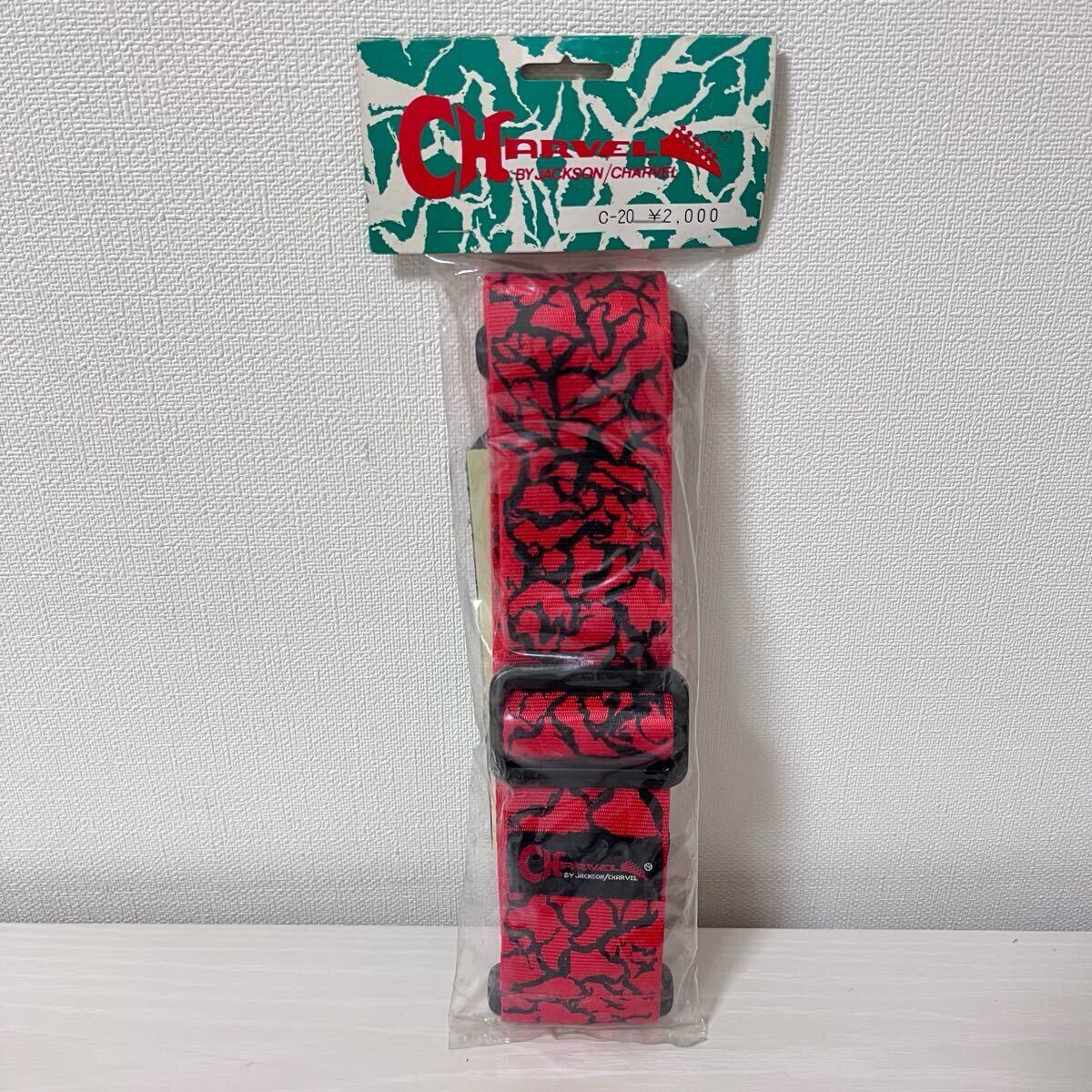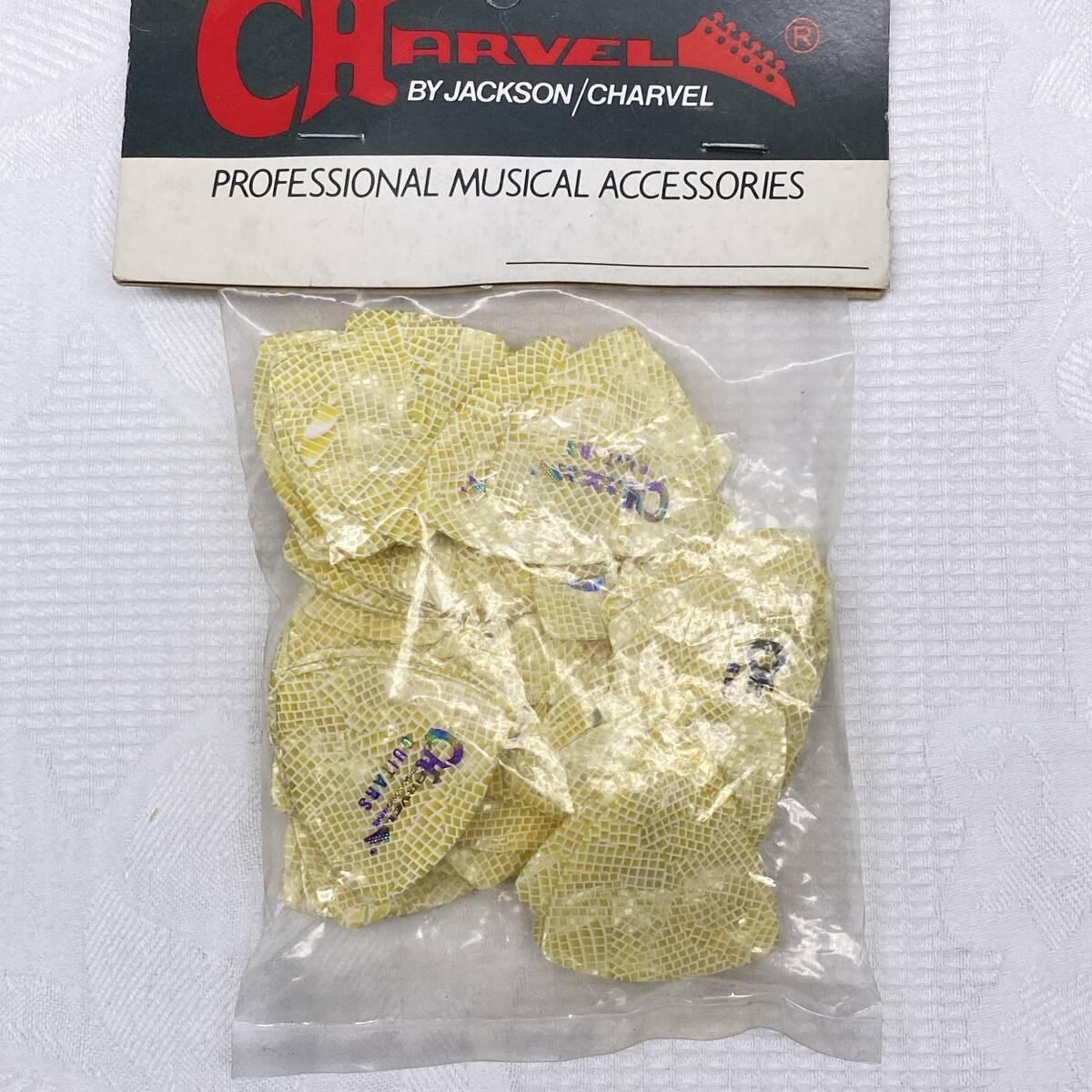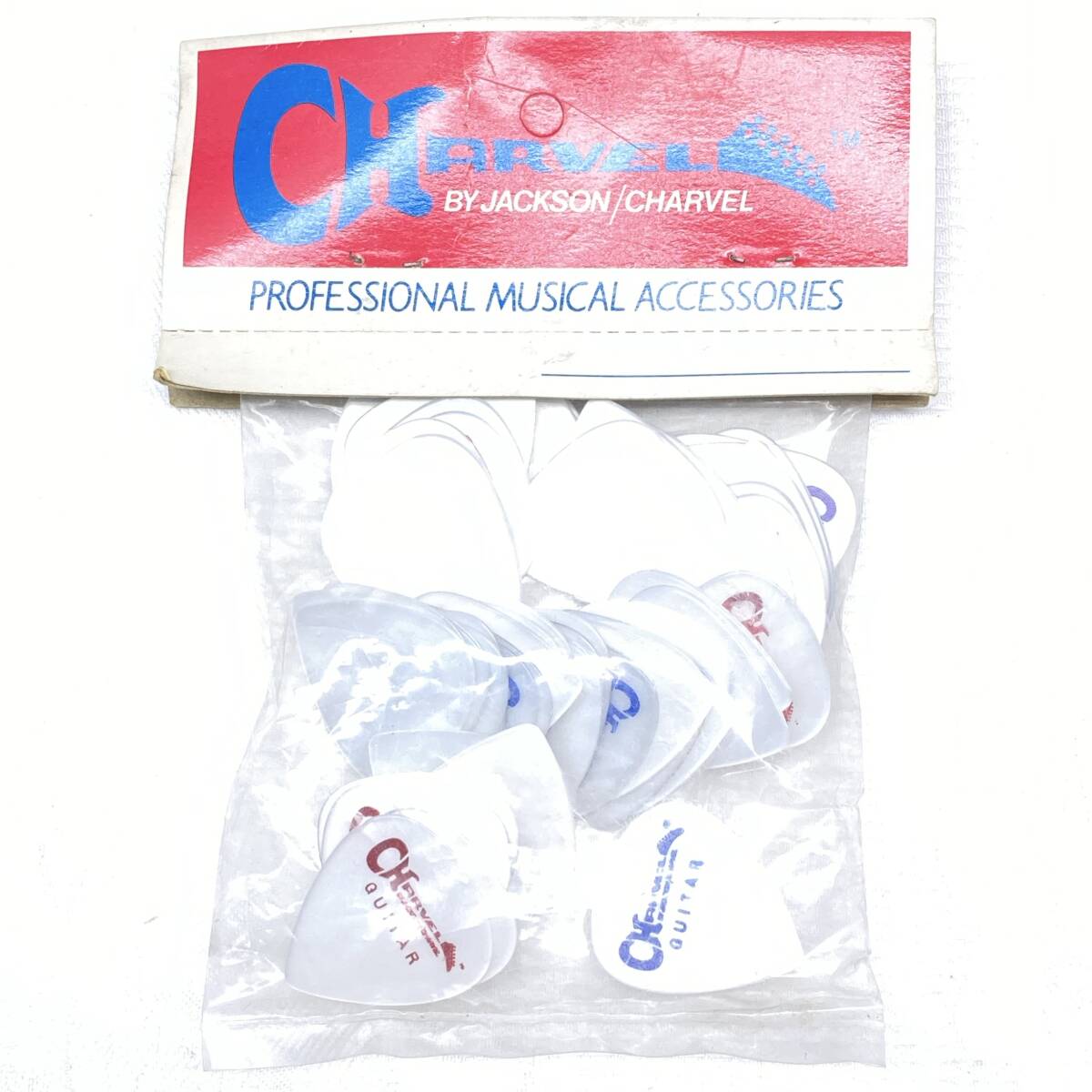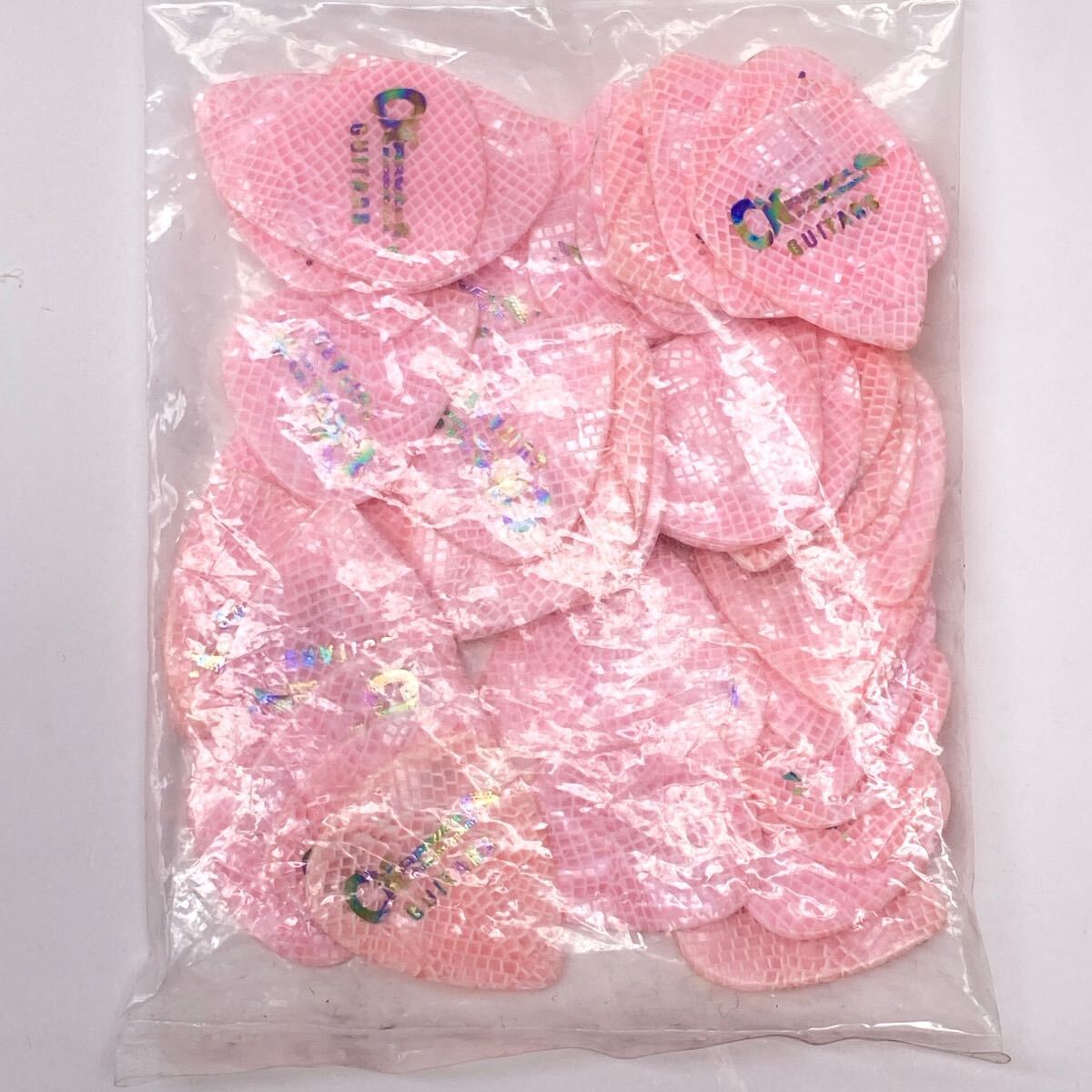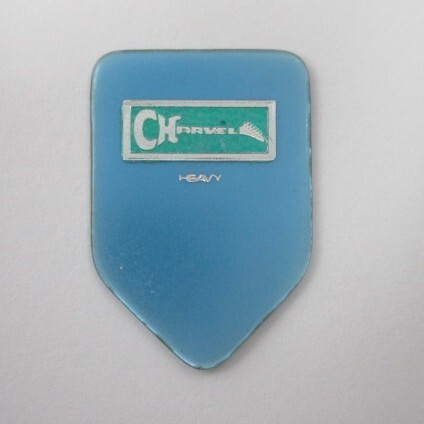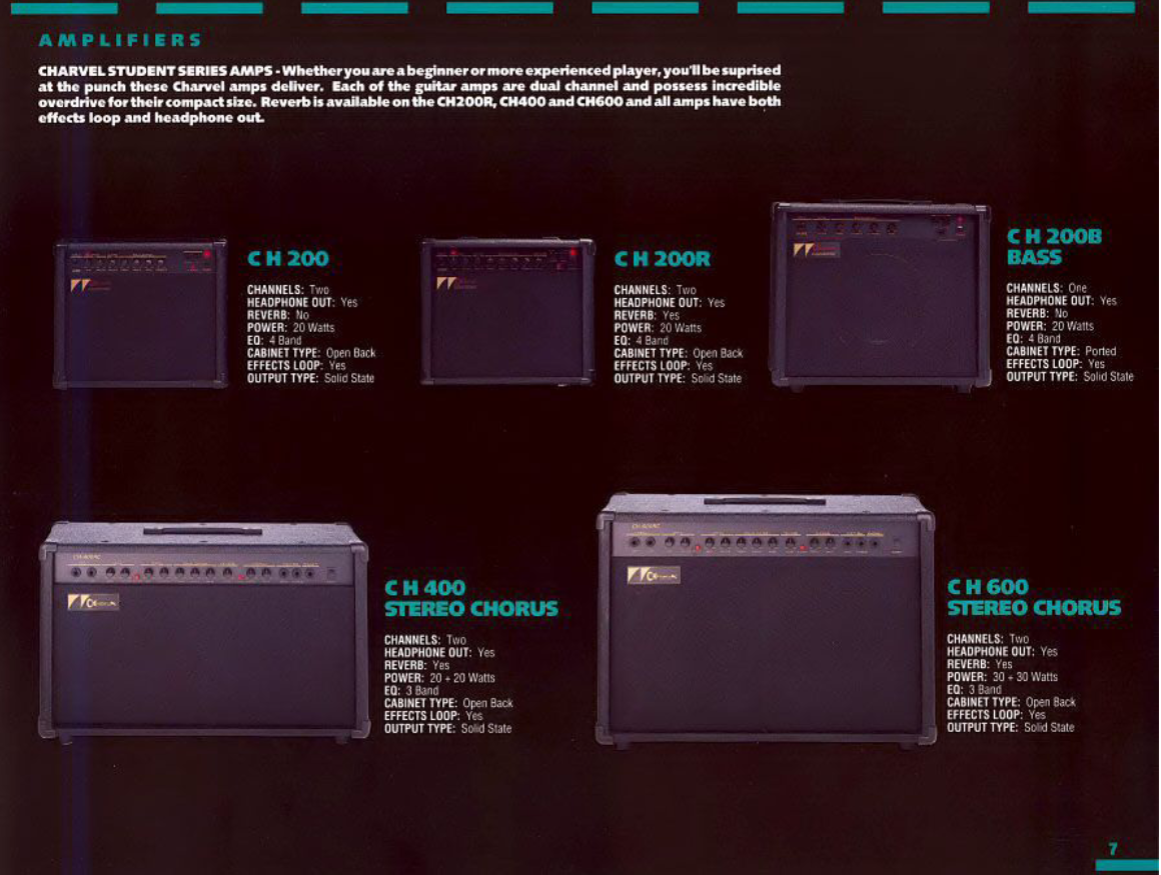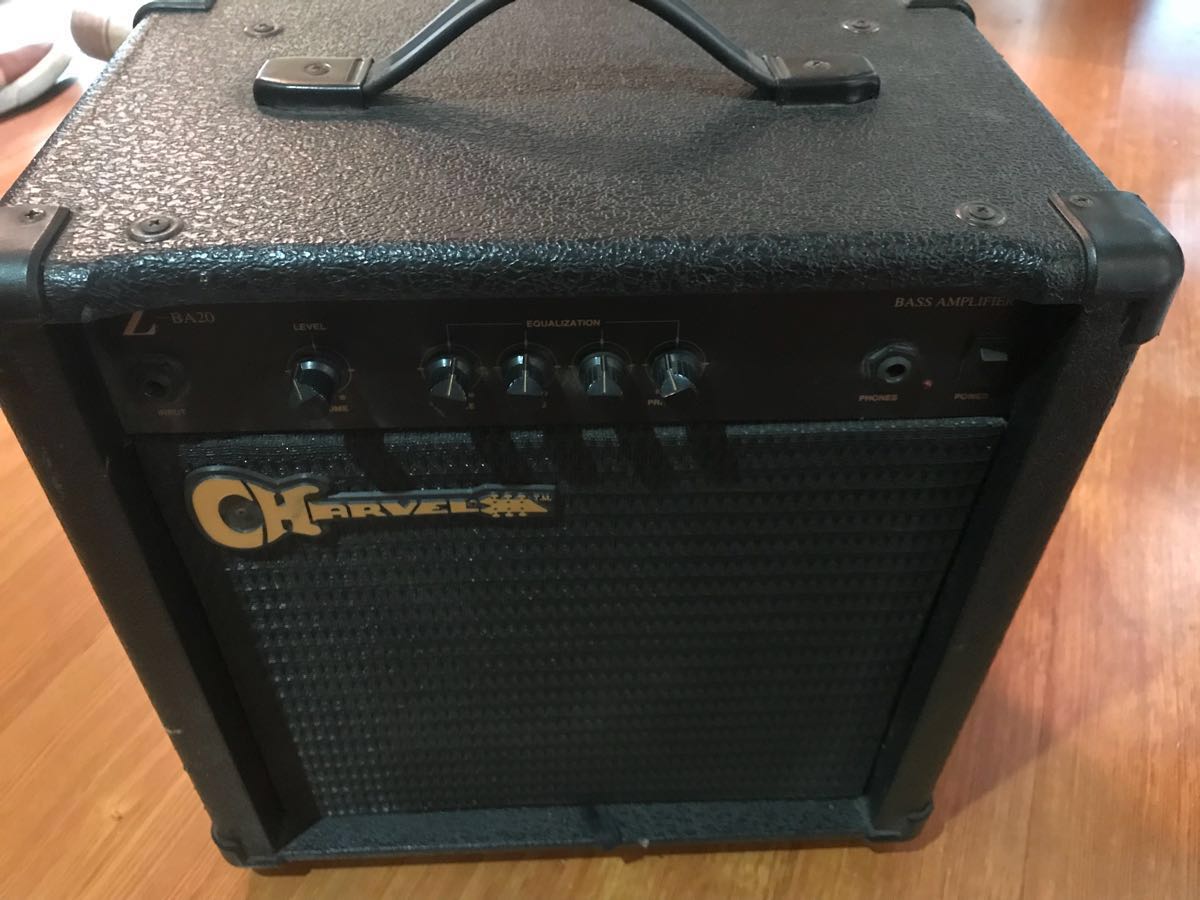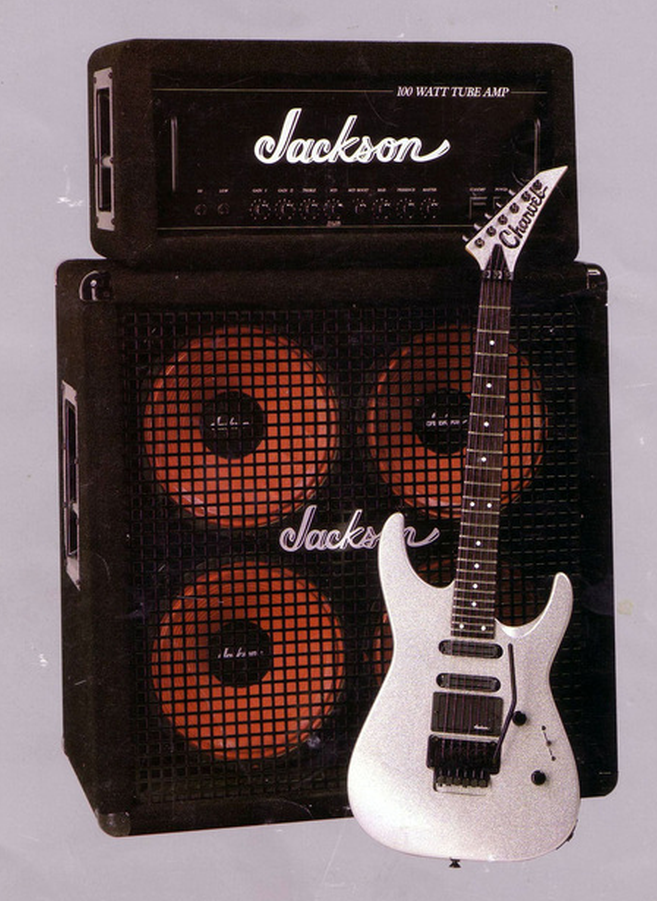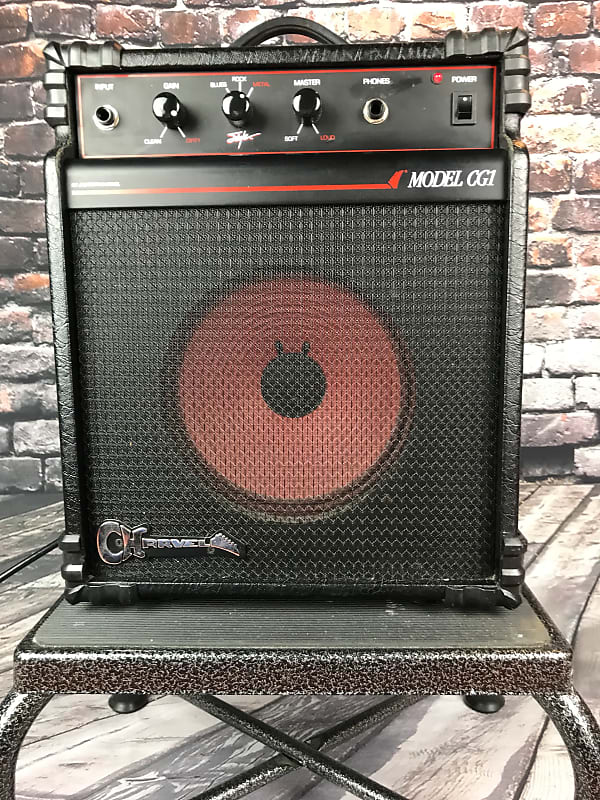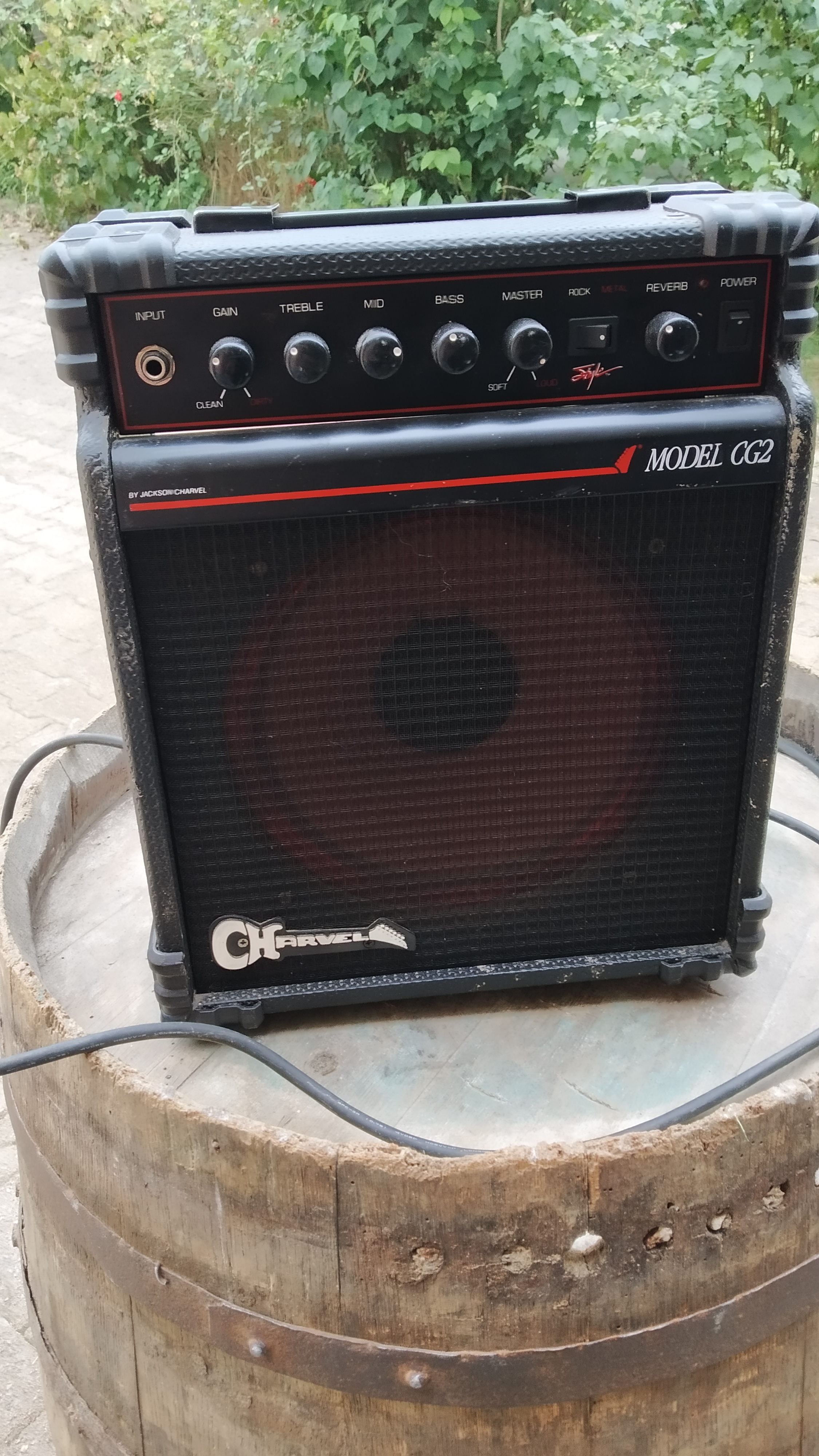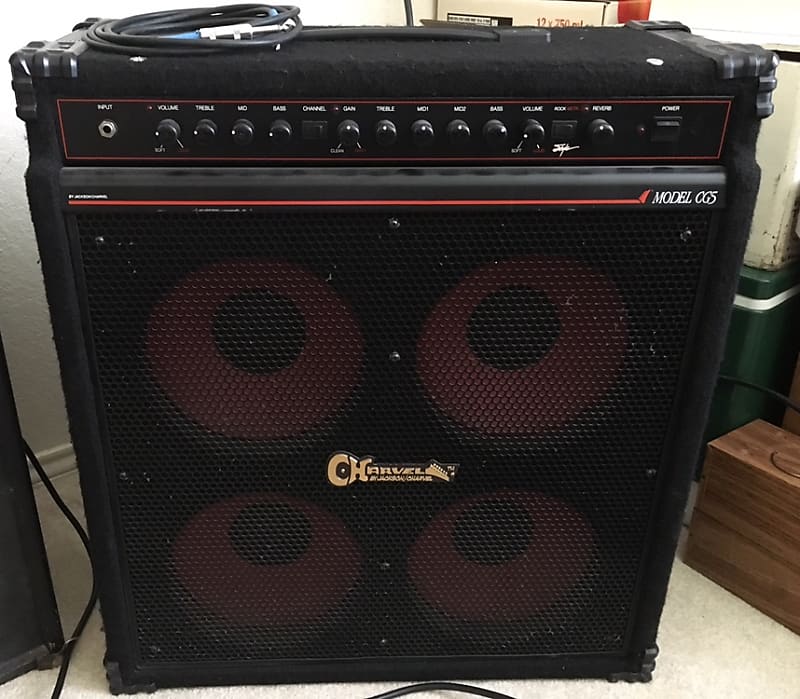

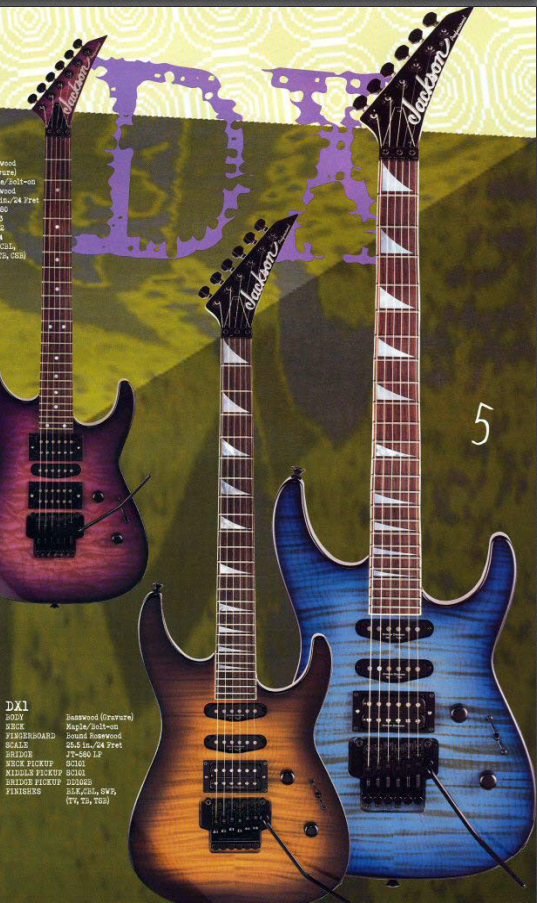
Ends in a '1', so it must be USA made.. right?
Color Chart: BK= black, MPR= metallic pearl red, BBS=blue black sunburst, MB= metallic black, PW=pearl white, STB=see through black, STP= see through purple, STRS=see through red sunburst, STA=see through amber, STBLS=see through blue sunburst, STG=see through green, STPS=see through purple sunburst, STBS=see through black sunburst, SW=snow white, PAP= pale purple, SBS=silver black sunburst, TSB=tobacco sunburst, WN=walnut, STW=see through white, MP=metallic purple, PS=purple sunburst, CS= cherry sunburst, GD=gold, BS=brown sunburst, BLC=(blue crackle?), PPC=platinum pearl crackle, LYC=(yellow crackle?)
How to wrap your head about the naming schemes used over the years:
Jacksons for the USA market at least work on a name+suffix system. Example (outdated): A Jackson Dinky DK1 means 'Jackson' 'Dinky=DK' '1=USA highest model'. The numbers usually ascend to represent a lower model. so DK2 is the lower import. Right away you will find trouble as you realize that the naming scheme can change, secondly you will find that there are tons of not so obvious suffixes attached to a lot of the more modern Jacksons. Let's break it down:
| 1 | USA made almost always previously (told ya this would get confusing), or the number of pickups. This first came around about 1996 to replace what were until then called the Soloist/Dinky/Rhoads/etc Custom, a USA made production guitar with a few options. In modern times, these are Custom Select, a where you can customize some aspects without it being a full custom model. But wait, there's more twists. For the King V and Kelly, this is also a signature model, so that their modern equivalents actually use the '2'. See below Anti-examples: The Professional DX1. Kelly Bass KB1, a few others, especially new guitars |
|---|---|
| 2 | Either USA or higher end import or two pickups. In the late 90s, this could a more budget USA made Jackson with some lesser hardware like a licensed Floyd. Later this more often became the higher end import, such as the earlier DK2 MIJ or later DK2 made in Mexico. For the Kelly and King V, the KV2 and KE2 are actually in the place of the 1 series, they just don't call it that because the KV1 and KE1 are old signature models. There is however a MIJ Professional KV2. (tricky tricky!) Lastly, this can indicate pickups. Ex. The modern DK2 and DK3 are contemporaries quality wise, so all the number is a pickup tally is all. |
| 3 | Usually it means a mid ranged import, either MIJ or elsewhere. For modern guitars this means three pickups. |
| 4 | Usually a mid to lower or just simply plainer looking import early on. Early on MIJ but no newer examples will be. Can also be a different that usual aesthetic. Ex. Soloist SLX4 |
| 5 | Midrange import. Rarely used in 90s to be the plainer option. Later to now it means either a different aesthetic or neck-through. |
| 6 | Means six strings. Used as early as the early 00s Dinky DR6 |
| 7 | Means seven strings! Used as early as the early 00s DR7, RR7, etc |
| 22, 24 | Means twenty-four frets. A Rhoads variant. Note that other Jackson models can vary with number of frets but it's never reflected in the name. For (newer) Charvels, this may also indicate 22 or 24 frets. |
| S | Comes with Sustainiac Ex. DK2S. Later means shattered glass finish. Ex. KEXS |
| L or LH | Indicates left handed model, often with less color options unfortunately for southpaws |
| M | Maple fretboard |
| FF | Indicates the rather limited Fire inlays. You can see it on a few Dinky models, though Jackson Stars offered it much more liberally. |
| R | |
| AT or A | Arched top body. Later you'll see the later added to the end of the model name. Example: DKA In some 2021 models this means Ash top |
| MG | MG series from 00s onward. Early MIJ, with EMGs that were passive (early) or active later. This was above X Series and the same as Pro Series. Later however these are Indonesian imports with active EMGS. They are also now categorized under X or Pro Series instead of it's own series though the MG will remain in the model number as an indicator of EMGs. |
| MAH | Mahogany body as an option. For some guitars the mahogany body becomes standard spec, making redundancies. (See for example: Pro Series SL2) |
| T | TOM bridge option, but on rare occasion (usually older guitars) tremolo option. Confusing I know. |
| X | X series, more budget to mid range imports. These can be made in India or Japan early only, depending on guitar, and later Indonesia and China. If the 'X' is a suffix however it may just mean a different aesthetic. |
| DX | |
| Q or QH | Quilt maple top |
| F or FR | Floyd Rose in newer guitars. Rarely may mean flame top. |
| NT | Neck-through. Used for new Concert Basses |
| FS | Seymour Duncan or Duncan Design Firestorm control, that third knob. 00s only on a few guitars |
| HT or H | Hardtail bridge. Rarely just a 'H' |
| 10 10D | A lower to mid import on just a few early X Series guitars. |
| JS # | This is the budget line, at the outset sparse and plain models but now offering plenty of options in all the major Jackson body shapes. Country of origin vary between India, Indonesia, and China and rarely Japan. The numbers go up to increase in 'features'. Number scheme varies between 1, 11, 12, 20, 22, 30, 32, 30, 45 and more. What this means depends on the guitar. |
| IV | Four string bass |
| V | Five string bass |
| MS | Multi-scale |
| EX | Not the Professional EX (see below), rather means 'extreme' in newer guitars. Often features active pickups (but not EMG like MG Series) or may mean something else (SL27 EX Wildcard) |
| SD | Rarely means Seymour Duncan. |
| FSR | Fender Special Run. Used on JS32 Rhoads FSR. Seems to have different aesthetic. |
| JX | Rarely in early 00s were in between JS and X Series. Ex: JX10, JX40, JX45. Later assuming the model was still made, Jackson would reassign it as plain JS Series. Ex again: JX10 |
| MJ | New for 2021, Made in Japan models |
| P | Poplar burl top in newer models |
| E | Ebony fretboard option on some modern Charvels |
| H, HH, or HSH, 2PT | Indicates pickup configuration on modern Charvels and Jacksons (aka 2H= two hum). A later format for Charvels specifically is the 2PT etc, again indicating number of pickups |
| AX/S or Axis | Or whatever its called. Possibly 1999? Two Dinkys, Kellys, and Rhoads, models that would become X Series models in 2000. |
| DM | For a Musician's Friend exclusive Dinky, 'Dimarzio' stock. |
Meant to be affordable for any professional guitarist! (exact quote)
| Pro | The initial line of Professional guitars created of highest quality. Featuring MOP inlays and logos, ebony fretboards and 'high' end electronics. Other specs vary. There was Soloist (reg and archtop plus special 91), Fusion, Kip Winger, Phil Collen, Warrior and Rhoads. Later Stealth, Infinity (has rosewood), Futura, Kelly and King V (Mustaine sig). There was never a Dinky or Concert Bass Pro oddly. |
|---|---|
| XL | Usually the next step down, with rosewood, but still with flashy aesthetics like sharkfin inlays, binding, 'higher' end electronics, and metallic finishes. |
| STD or Standard | A plainer version of the XL with dot inlays and no binding, but featured metallic finishes. The actual features like neck construction, bridge, and pickups would normally be the same as the XL. Also sometimes had finish matching headstocks. |
| EX | The less expensive and plainer model with dot inlays and sometimes plainer finishes (exception being Stone finish). In the case of the Concert Bass XL and EX the only difference is just the fretboard inlays in the Futura the presence of a preamp. For some reason the Rhoads EX also has MOP dots unlike the rest.. |
| LT | A higher end config, an early version of the XL it seems. Example: Dinky LT |
| AR | Early archtop body, HSH. Example: Dinky AR |
| SS | Early Fusion HSS with dots and single volume knob. |
| SX | Early HSH Fusion with single volume knob. |
| Reverse, RV | Line of reverse headstock Dinky models, shortly becoming the DR later in the 90s. (see below) |
| SP | Early plain model Dinky with dots and HSH pickups, Fusion with HS pickups and dots, and basic Concert Bass |
| HH | Two humbuckers. |
| V | Five string concert bass or rarely seen Eliminator |
| H | Means TOM string-thru body and humbuckers, three for the Stealth or two for the rare Dinky HX or Dinky Reverse RVH. |
| Plus | A early version of the HH but also with fancy wood. Example: Fusion Plus |
| X | Denotes an unusual configuration, some overlap with above 'SX' etc. Ex. Dinky HX and some of the Concept Series (see Concept Section below). |
| S* | Very rarely, denotes sharkfin inlays (on a model that would not have such) OR was an alternate of the STD. Example: Dinky RVS |
| So-Cal | A strat body, 22 fret with a pickguard, else varies |
|---|---|
| San Dimas style 1, SD | A strat body, 22 fret WITHOUT a pickguard, else varies |
| San Dimas style 2 | A tele body, else varies |
| San Dimas Bass | Fender P-Bass bodied basses, else varies |
| DK | A Dinky body, else varies |
| DKA | Archtop Dinky |
| EB or E | Ebony Fretboard |
| M | Maple Fretboard |
| FR | Floyd Rose trem option |
| HT | Hardtail bridge |
| CM | Caramelized maple Fretboard |
| HH HSS HSH PJ JJ | pickup configurations for guitar or basses |
| QM | quilt maple |
| PF | Pau Ferro Fretboard |
| 24 | 24 frets |
| IV V | For the basses, like with Jackson. Four or five string |
| PT or 2PT | Two point trem |
| LH | Left hand |
| W | Wenge neck |
1994-95 MIJ budget models that became Performers later. This is also an early instance of Jackson using 'X' in a model name to represent alternate or unusual specs.
They have their own schemes it seems. Here's what I have so far: (Model).(Series)-(RRP)
Pickups: Sometimes the pickups give clues as the the tier of the guitar. For instance J-92C, J-90C, etc etc along with active electronics were in both the USA stuff and higher level MIJ imports of old. Other Jackson pickups, typically the ones you probably never hear about, would be in the cheaper guitars (some still good sounding though). In 1996 the USA stuff got Seymour Duncan and the higher imports Duncan Designs. A few models still had Jackson pickups however. There were also be some Kent Armstrong in some models (more research needed).
In 2000 the MG series received EMG HZ with the afterburner boost. In 2006 the higher end imports received 'real' Seymour Duncans and the MG models active EMGs with no boost. Throughout this time the JS series stuff will always have cheaper Jackson pickups (CVR, later Belcat). Later, post-Chushin Gakki most of the Pro Series models still have Seymour Duncans and X series Duncan Designs. Later X series will get Jackson branded however. The MG is dissolved in a way into X series but keep what is usually 'real' active EMGS. Some Jackson in the late 10s got Seymour Duncan Blackouts as an alternative. JS have Jackson pickups as usual from Belcat.
Even more later, into the 20s, there are on X series a new kind of active Jackson pickup. Jackson eventually offers models with Fishmans, sometimes still Blackouts and etc on upper end guitars but overall the typical upper end Jackson pickup remains Duncans, just like what they adopted in the mid 90s.
Woods: Less conclusive, but worth looking at. To summarize a lot, alder was used on early Jacksons 80s, then poplar a lot in 90s, with basswood often for the Dinkies. Import wise, the Cushin Gakki used a lot of basswood, but other woods for upper end models, polar, ash, etc. Ebony has typically been the typical default wood for upper end guitars, seen on USA and Japanese ones. When the later Indonesian Pro Jacksons came along however, they had ebony boards too. Now it's mixed. Expect a rosewood equivalent, laruel or whatever on the mid to lower stuff. Maple, or roasted CAN appear on more budget instruments, so it's not automatically an premium feature.
Other materials: Mother of Pearl is often on USA instruments, but occasionally abalone or something else. Upper end Professional Jacksons got this as well, and sometimes, oddly the EXes. After about 1996ish, pearloid was often used on imports, which can easily be determined by appearance, found on Pro series, MG, series, JS, X, etc. Rarely an aluminoid is used, a silverish look for inlays. Finish wise, USA have a catalog of finishes depending on year. Upper end MIJ imports received trans finish options, often with tops, and metallics, lower end the regular colors. In modern times however, the more budget JS or X series will have whatever finish, sometimes even graphic, so this is not a reliable way. Refer instead to it's model name according to chart.
-Is it (presumably a Dinky) 7/8 size of a Stratocaster?: Soloists and Dinky’s have a smaller body (thinner waist, more horn cutaway) than a typical Fender Stratocaster is all you really need to know. The confusion comes from several places. Remember that game where a chain of people whisper some fact in each other's ears and by the time its over it's changed into a completely different statement? Some think a Dinky is smaller than a Soloist because if it's in the model name it must be true? No, they have the same shape. The Soloist had the smaller shape first actually. Be aware Jackson had 'strat or vintage style' guitars in the 80s with a larger strat body. Check the 1988 Catalog for example. Guitars with 22 frets as opposed to the typical 24 frets will have an altered body shape and while that's not exactly the question being asked, that's one reason why the shape might differ. Observe this in any 22 fret Custom shop guitars or the rare production model like the 90s DK1 or the 00s SL4 (MIJ).
-(Concerning older 90s era Jacksons) Does the right lower horn cutout mean it’s a short scale Fusion?: Good catch, but no. A lot of Charvel and Jackson Fusions do have that feature, but it's not exclusive to those guitars.
-Are all of the Professional line guitars the prized USA killers?: Online and local sellers will use this as a selling point so it is important to know the difference. The 'Pro' Jacksons Professionals were the top of the line imports and eventually discontinued. If a particular example is unmolested, it can be identified by a 'Pro' (later) or blank (originally) truss rod cover. I know, yeah right, so it's important to be more familiar with the specifications of the guitar to know what you are getting. (Such as using this database). Keep in mind later Professionals are still from the same factory but less premium. For example a Rhoads may be a Pro or a STD or an EX and all have different specs. They are all still great playing and age very well so go grab one. Just know what you have and don't get taken advantage of.
-What is the country of origin for this Jackson/ Charvel?? *Updated and simplified* Grover licensed the Charvel and Jackson brand to IMC mid 1985. He becomes a partner in '86. The determination to keep the quality high is why we have the Model Series from the Chushin but also sometimes Dyna and Moridaria factories (uncommonly known). Jacksons are still USA made. Charvel imports will continue to evolve until the 90s, (Standard, Contemporary, Fusion, Classic, etc) amd with many 'spot models' and variances that were available domestically in Japan. Charvettes had a little trouble at the start with the factory to make them, so this is why the early ones are Japanese with Charvel parts. Korean made ones come later and differences are better explained in another section.
Enter production 'USA' Jacksons , Professional imports, and Japanese domestic Jacksons: In late '89 Jackson created the Professional Series imports which was one line initially then around 92' the Professional line was split into the various categories (See: Professional Categories below) depending on specification. The USA Jacksons that are full custom are, surprisingly, Japanese made too, as far as the bones go. On the Japanese Domestic side, there's all sorts of things going on here. If it says Grover Jackson, Team GJ, Jackson Stars, etc, you know what you're dealing with mostly. Charvettes did survive however and the factory varies. While a lot is changing behind the scenes in the 90s, most imports, the continuing 'Professional' and else are usually MIJ. The USA production guitars from mid 90s onward ARE Ontario made, which is why the models (SL1, RR1, etc) are renamed and in some cases changed in design. Charvels however can be USA (San Dimas), MIJ (lots of Jap. Dom), Korean (acoustics and else) or very rarely Chinese made from this period, mostly the cheaper models. You'll know when you see it.
Moving to semi modern: Post Fender buyout, etc. At the 2000s the main Jackson imports are either Pro, X, or MG series. Pro and MG series were always MIJ as usual. The X Series could very early on be Indian but switched to MIJ later. Charvel had MIJ San Dimas and Chinese Desolation Series stuff around this time. Also of course the USA stuff. Eventually come 2011 Chushin is dead. What does this mean?
Jackson (Fender) decided that their legacy wasn't tied to the country of their imports so it wasn't important that it's MIJ. (Look it up) Pro Series Jacksons are Indonesian often earlier but may also be Chinese depending on finish or neck construction. Understand that the country of origin isn't really tied to the quality level necessarily but other factors like the finish options. Some finishes like crackle are only on Chinese made Jacksons. They also are often neck-thru models like a Soloist. JS Series are usually Chinese. X Series are Indonesian or Chinese (?) Pro Series may be Indonesian, korean, chinese, or mexican (Usually bolt on Dinkies) The Charvels become Mexican later on which makes sense when they are usually bolt on. The USA Select remains of course. On the subject however, all USA Jackson stop being a normal production model, but instead of semi-custom deal. Most recently at the time of writing this, MIJ Jackson return via Fender's factory. These are labeled MJ Series and Jackson doesn't hesitate to nod to older players with that as a selling point. I'll remain neutral on that. Upper end stuff otherwise is Korean so look for that generally and you know it's supposed to be a better offering.
-My Jackson is MIJ (and it's not a Professional) and it has 97xxxxx... so it's a 1997? That's 99% incorrect, specially when someone is saying it on the internet or trying to sell an old Jackson to you. There is however one way it might be right, but before I list that exception (there are so few I can indeed list them all out) let's look at how Jackson serial numbers were working then. First just read this thread as it will explain better than I could. Well, TL;DR? MIJ bolt on guitars with a seven digit serials are sequential starting from 9600000. To put it in perspective, they end for the Chushin guitars at 98-something. For these fortunately you can often find the actual date by taking the neck off. If its neck-through however, the first two digits are telling you the truth. Bolt-on models with no neckplate work similarly. Now.. for that special exception? The Concept Series from 1994 will have a serial telling you so plainly but a few Professional Series caught in this transitional period will have a 94-ect serial too. I personally had a Jackson Concert Bass Ex with a serial like that. The elusive Dinky HX purportedly has a serial that will reflect the date.
Lastly to not stray off topic too much, normally for Professionals its a six digit and you just look at the first number. Also you can use this information to decipher the country of origin from a model that's made in two different countries, Korean vs Japan or Indian vs Japan. If you see the appropriate number scheme above you know it's a MIJ as the Indian ones often start a different way. Warning: 80s Charvel import serials might look like the Professional serials but don't read the same. Modern (aka not MIJ) Jackson JS, X and Pro Series guitars that were made from 2013 until present day feature a 10-digit alphanumeric serial number located on the back of the headstock or neckplate. The first two number digits in the serial number identify the year the guitar was created.
-Other misc facts: J Serials on USA is full custom. U serials on USA are production models. Dan Lawrence did the old graphic finishes. USA factory locations: San Dimas '82-86. Ontario '87-01. Corona '02-
The early 'USA' production Jacksons were from MIJ bodies, but finished and assembled in USA to fit the requirements at the time. (These are the Soloist Custom, Rhoads Custom etc) Ontario started to just do it all again with the San Dimas series in 1995. Apparently Steve Kaufman created the Stealth and Surfcaster.
At one point, the Charvettes were going to be made by 'Greeta' in India, but it did not work out. This is why the early ones are not only MIJ but made from actual Charvel necks leftover.
-Pickups: Paul Gagon designed the Jackson pickups and electronics until 1990. Either USA made (sticker will say so) or Japanese by Gotoh. (Will just say the model on a sticker. Also 'Grover Jackson' pickups, which replicated the J-90C and others are stamped Gotoh, but not the Japanese made 'Jackson' pickups in our American domestic imports. Hopefully that makes sense.) No, the 10.2 sticker isn't the output, it's related to the spacing.
Guitarinside.com Extensive information on most but not all Jackson models, US and import. There is some missing information however.
Audiozone.dk Jackson Professional page. Dead site, but motivation to get this webpage together. Charvel page here.
ImportCharvel.com. Information on early import Charvels. Features plentiful images and information on Japanese domestic models. Be sure to click around. Though watermarked there are some great looking catalog scans here.
Jackson Charvel Wiki. Here I link the pickups page because it's some what interesting. Overall not a fan of this place because there's hardly any articles and they're hard to find at that. Scattered and unfocused overall but feel free to dig around.
Jcfonline.com. This is the ONLY somewhat alive location dedicated to these guitars. Images are often broken due to file hosting issues. There's a wealth of info but buried deep. There are a mix of old timer contributors and hit and run 'ask a question in a topic and never return' members. That's not bad, but it does mean that threads will stagnate quickly.
Jackson 2000 Catalog: here (scans belong to me)
*NEW* King of catalog and ad collections. Charvel-Jackson-Japan.com. Thanks to that, was able to find new stuff and verify what was previously sketchy.
Note: These items and availability (especially with accessories) are subject to change and not always documented. The Japanese domestic market also had their own accessories. Also note regarding pickups, the catalogs can list one spec but guitars can have another. The pickups themselves were not always wound identically either.

